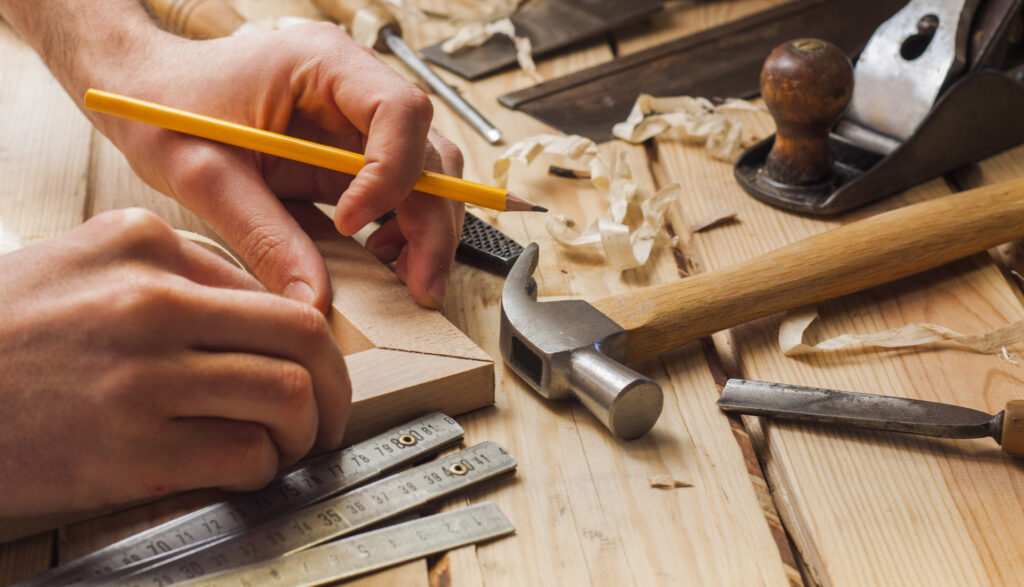Furniture restoration is a captivating blend of artistry, craftsmanship, and preservation. It’s the process of reviving old or damaged furniture pieces to their former glory, breathing new life into pieces that hold sentimental or historical value. In this comprehensive guide, we’ll delve into the intricate world of furniture restoration, exploring its various types, tools needed, step-by-step procedures, common challenges, tips for success, and much more.
Introduction to Furniture Restoration
Furniture restoration encompasses a wide array of techniques aimed at refurbishing and repairing furniture items. Whether it’s a cherished family heirloom or a flea market find, the restoration process involves carefully assessing the piece’s condition, addressing any structural issues, and enhancing its aesthetic appeal while preserving its authenticity.
Types of Furniture Restoration
Wood Furniture Restoration
Wood furniture restoration involves repairing, refinishing, and preserving wooden pieces such as tables, chairs, cabinets, and dressers. Techniques may include sanding, staining, and applying protective coatings to enhance the wood’s natural beauty.
Upholstery Restoration
Upholstery restoration focuses on revitalizing fabric or leather coverings on furniture items like sofas, armchairs, and ottomans. This may involve reupholstering worn-out or torn fabric, replacing foam padding, and repairing springs or webbing.
Metal Furniture Restoration
Metal furniture restoration deals with refurbishing metal-based furniture pieces, including wrought iron tables, chairs, and bed frames. Techniques may include sandblasting, painting, and rust removal to restore the metal’s luster and structural integrity.
Antique Furniture Restoration
Antique furniture restoration requires specialized knowledge and techniques to preserve the unique characteristics and historical value of vintage pieces. This may involve delicate repairs, careful cleaning, and conservation treatments to maintain authenticity.
Tools and Materials Needed
Before embarking on a furniture restoration project, it’s essential to gather the necessary tools and materials. Common tools include sandpaper, paintbrushes, wood glue, and screwdrivers, while specialized materials such as wood stains, upholstery fabric, and metal primers may be required for specific tasks.
Step-by-Step Guide
Assessment and Planning
Begin by thoroughly inspecting the furniture piece to identify any damage or areas in need of repair. Develop a restoration plan outlining the steps required to achieve the desired results, considering factors such as the type of material, extent of damage, and desired finish.
Cleaning and Stripping
Remove any dirt, grime, or old finish from the surface of the furniture using appropriate cleaning agents or stripping solutions. This prepares the piece for further repairs and refinishing by ensuring a clean and smooth surface.
Repairing and Filling
Address any structural issues such as loose joints, cracked wood, or broken components by applying wood glue, clamps, or wood filler as needed. Allow sufficient time for the repairs to dry and cure before proceeding to the next step.
Sanding and Smoothing
Use sandpaper or a sanding machine to smooth out rough surfaces, remove imperfections, and achieve a uniform texture. Start with coarse-grit sandpaper and gradually progress to finer grits for a polished finish.
Staining and Finishing
Apply wood stain or paint to enhance the furniture’s appearance and protect it from moisture and wear. Choose a finish that complements the piece’s style and aesthetics, whether it’s a natural wood finish, a glossy varnish, or a distressed look.
Upholstery Repair
If the furniture piece has upholstered elements, such as cushions or seat covers, assess their condition and repair or replace them as needed. This may involve sewing new fabric covers, replacing foam inserts, or repairing damaged springs.
Common Challenges
Despite careful planning and execution, furniture restoration projects may encounter various challenges along the way. Common issues include water damage, scratches and dents, and broken joints, which require patience and skill to address effectively.
Tips for Successful Restoration
Patience and Attention to Detail
Take your time and approach each step of the restoration process with patience and precision. Pay attention to details and strive for excellence in every aspect of the project.
Research and Education
Investigate the specific techniques and materials required for each type of furniture restoration, seeking guidance from experts, books, or online resources. Continuous learning and experimentation will enhance your skills and confidence over time.
Safety Precautions
Prioritize safety by wearing appropriate protective gear, such as goggles, gloves, and respirators, when working with hazardous materials or power tools. Follow manufacturer instructions and guidelines to minimize the risk of accidents or injuries.
Benefits of Furniture Restoration
Furniture restoration offers numerous benefits beyond mere aesthetics. By breathing new life into old or damaged pieces, it contributes to environmental sustainability by reducing waste and conserving resources. Moreover, it can be a cost-effective alternative to purchasing new furniture, allowing individuals to enjoy quality craftsmanship and unique designs without breaking the bank. Additionally, furniture restoration helps preserve our cultural heritage by safeguarding valuable antiques and heirlooms for future generations to cherish and appreciate.
DIY vs. Professional Restoration
Deciding whether to tackle a furniture restoration project yourself or seek professional assistance depends on various factors, including your skill level, time availability, and budget. While DIY restoration can be a rewarding and cost-effective endeavor, complex or valuable pieces may benefit from the expertise and experience of professional restorers. Consider the scope and complexity of the project, weighing the pros and cons of each approach before making a decision.
Conclusion
Furniture restoration is a fulfilling pursuit that allows individuals to breathe new life into old and neglected pieces, preserving their beauty and heritage for years to come. Whether you’re a seasoned craftsman or a novice enthusiast, embarking on a restoration project offers a unique opportunity to unleash your creativity, hone your skills, and make a meaningful contribution to the world of design and craftsmanship.

